|
|
|
|
| Missing In Action (MIA) | Prisoners Of War (POW) | Unexploded Ordnance (UXO) |
| Chronology | Locations | Aircraft | Ships | Submit Info | How You Can Help | Donate |
|
| KPM Cargo 2,839 Tons 325' 5" x 44' 1" x 22' 8" 1 x 4" deck gun 4 x 40mm AA 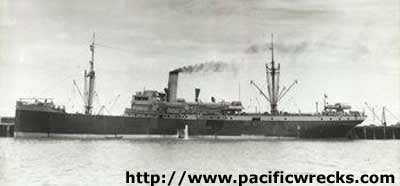 c1943 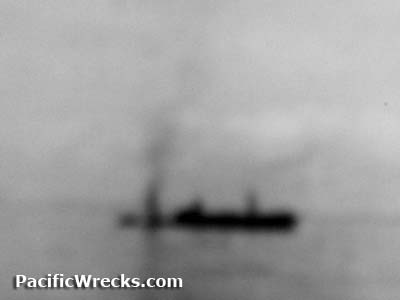 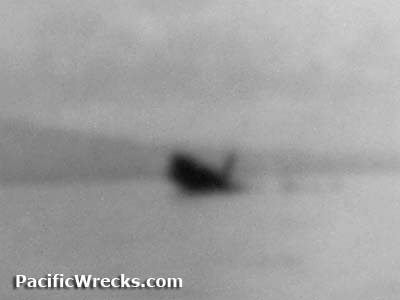 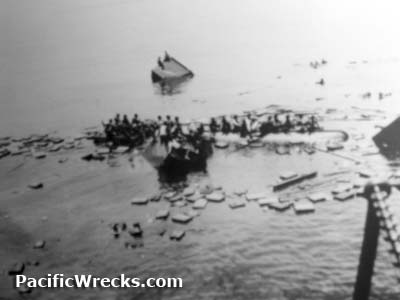 RAN March 8, 1943 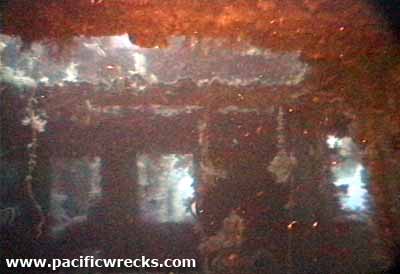 Don Fetterly 1996 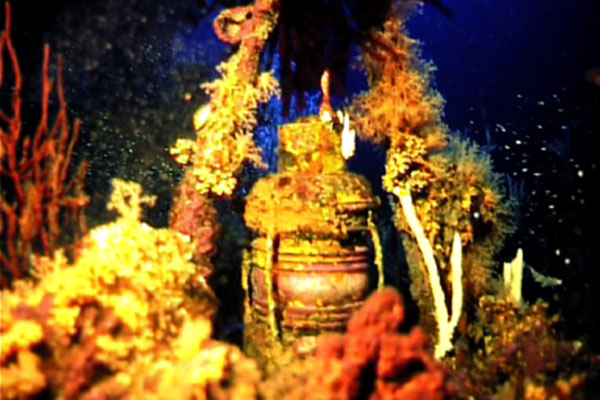 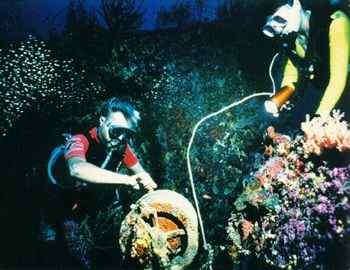 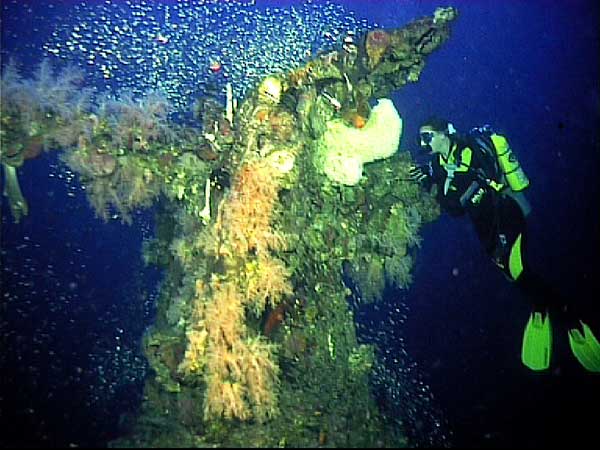 Rod Pearce 1996 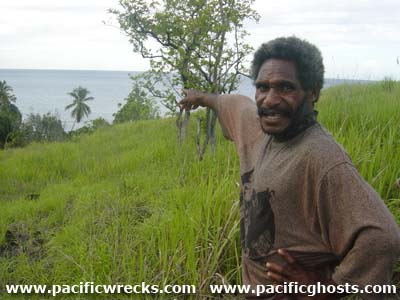 Justin Taylan 2005 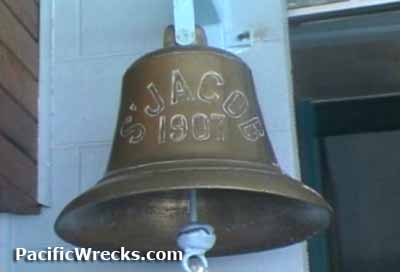 Richard Leahy 2006 Honor Deferred George Watson / sJacob Video Clip from documentary 4.4meg download |
Ship History Built by Maatschappij Fijenoord, Rotterdam, Netherlands. Launched during 1907 and named SS s'Jacob. Owned by Koninklijke Paketvaart-Maatschappij (KPM) Royal Packet Navigation Company for use in the Dutch East Indies (Indonesia) as a cargo vessel crewed by Dutch officers and Malaysian crew. Wartime History At the start of the Pacific War, s'Jacob was pressed into service by the American-British-Dutch-Australian Command (ABDA). On January 31, 1942 departs Sydney Harbor as part of convoy MS.4 consisting of four tankers and another cargo ship that steamed around the southern and western coast of Australia bound for Java. After February 15, 1942 as the Japanese occupied Sumatra, the convoy was ordered to divert to Fremantle. Both s'Jacob and HMAS Perth continued and were escorted by Swartenhondt and Karsik northward until February 21, 1942 until 600 miles south of the Sunda Strait then ordered back to Fremantle. After the fall of Java, one of twenty one KPM that were in Australia and were commandeered by the U.S. Army as a cargo vessel under the United States Army Forces in Australia (USAFIA) via a charter from the British Ministry War Transport (BMWT) under the Dutch government in exile. The ship was under the command of captain J. J. R. H. Zomer with Dutch officers and a Javanese crew. Armed with a 4" gun on the stern and anti-aircraft guns for defense and used to transport troops and supplies from Australia to New Guinea. During September 1942, s'Jacob departs Townsville as part of convoy Q2 along with MV Anshun escorted by HMAS Swan (U74) and later HMAS Arunta (I30) bound for Milne Bay. On September 5, 1942 the convoy waited in the China Strait because Japanese warships were expected to attack Milne Bay overnight. On September 6, 1942 HMAS Arunta (I30) escorted MV Anshun into Milne Bay while HMAS Swan (U74) and s'Jacob waited to the south. When Anshun was hit by gunfire and capsized, the rest of the convoy was ordered to Port Moresby. Wartime Service During February 1943 s'Jacob departed Sydney, stopping briefly at Townsville and Cairns before arriving in Port Moresby in late February, proceeds to Milne Bay and joins a convoy as part of "Operation Lilliput" transporting personnel and supplies bound for Oro Bay. Sinking History On March 8, 1943 while the convoy was off Porlock Harbor on north coast of New Guinea when targeted by Imperial Japanese Navy (IJN) G4M1 Bettys from 751 Kokutai (751 Air Group) and 705 Kokutai (705 Air Group). One squadron attacked one group targeted an AK [transport] and corvette, but scored only near misses. The other group targeted s'Jacob. During the attack, an aerial bomb hit the s'Jacob number 3 hatch causing major structural damage, listed to starboard then rolled over sinking bow first. During the attack, a U.S. pilot claimed a Betty shot down but misidentified the escorting fighters as Ki-43 Oscars. During the sinking, instead of saving himself Pvt George Watson chose to assist several soldiers who could not swim to the safety of a life raft and saved several comrades before he became weakened from exhaustion and drown. A total of five aboard were lost in the sinking. Rescue The surviving 153 crew members were rescued by Royal Australian Navy minesweeper HMAS Bendigo (J187). Medal of Honor Pvt. George Watson In 1997, Pvt George Watson posthumously earned the Medal of Honor for his efforts rescuing crew members that day. The medal was awarded decades later in an attempt to honor minorities who had never received proper recognition during the war. Shipwreck In 1986, the shipwreck of s'Jacob was discovered by MV Barbarian by divers Shane Crowley and Allan Jaminson during a search funded by Rod Peace. The s'Jacob lies nine nautical miles off Porlock Harbor at a depth of 160'. During 1987, Rod Peace dove the shipwreck at night and recovered the ship's bell, confirming the vessel was s'Jacob. Lying upright on the bottom, few divers go to this wreck. Thousands of fish that inhabit the wreck including mantas, whale sharks, giant groper and sharks. The funnel is the most predominant feature towering above the rest of the vessel. Divers from this vantage point can look down on the rest of the ship and admire the fish life and soft corals. The Jacob's wheelhouse has been fortified against attack and her telegraphs and bridge machine guns are as they were when she sank. Her propeller is still intact. The cargo holds are full of timber, ammunition, weapons, food and fuel. Crockery is scattered throughout the wreck, several pieces showing the Dutch shipping company's emblem KPM. And below decks, Coca Cola bottles showing their place of manufacture and dating from 1938 to 1942. Display The ship's bell and maker's plate were donated by Rod Peace to the Lae Yacht Club where they are displayed near the bar. Memorials Watson was officially declared dead the day of the mission and is listed as buried at sea. He is memorialized on the tablets of the missing at Manila American Cemetery. Relatives Oliver s'Jacob (great great grandson of s'Jacob) "My great great grandfather was s'Jacob. The s'Jacob was named after my great great grandfather, F. B. s'Jacob, who was the burghermeester (mayor) of Rotterdam in the Netherlands and whose father F. s'Jacob had been governor-general of the Dutch East Indies, modern Indonesia." References This vessel is also spelled "SS 's Jacob" or "s'Jacob" or "s' Jacob" American Battle Monuments Commission (ABMC) - George Watson "Buried at Sea" FindAGrave - George Watson (photo, tablets of the missing photo) The Private War of the Spotters (1990) page 143 "Aboard were 11 Australians and a number of American Negro soldiers... Among the Australians aboard were three members of the spotters' unit, Jack Barclay and the two already mentioned [Ted Cosstick and Bill Churcher]." The George Watson Saga"(1997) by James E. Guilford "Their airplanes appeared suddenly on the scene in a 'V' formation. Several bombs were dropped on our freighter in that pattern. Without any warning the bombs hit their mark. One bomb went down front hatch and another bomb went down the smokestack and exploded everywhere. The Malaysian sailors were screaming and bleeding. There was panic and pandemonium. Watson and I were on topside at the stern relaxing in the sun. We both didn't know how badly the ship had been damaged. We saw the Dutch Captain standing up in a life boat. He was yelling orders, while lowering himself and part of his crew into the ocean. Watson did not put on a life jacket, but I hurriedly put one on. He was such a strong swimmer, he felt that he did not need one. Knowing that the ship was going to sink, the crew released all floatable materials, such as hatch covers, rafts and barrels for life saving aids... We were 14 miles from Oro Bay. Land was barely visible on the horizon. Watson knew that I could not swim... Watson and I jumped into the ocean towards the rope raft. As I jumped I held my breath. I went so far down in the water, I thought I would never come back to the surface. Watson was there to assist me to the raft... with his help and God's help, I did not take another breath until I reached the raft with my hands. Later Watson was brining more soldiers in distress to the raft. I yelled at him to put some of the soldiers on some of the other floating material. That was the last time I saw George Watson alive. There was debris all over the ocean. The huge freighter had taken on a lot of water. Within minutes after the bombs hit the ship, it listed to starboard and rolled over. It pitched forward. Its bow dipped into the water. Then it took a vertical position and gradually disappeared into the ocean. Within minutes everything was tranquil and peaceful again, as if nothing happened. All of us, including Pvt George Watson, were rescued by the Australian corvette, our escort. Watson had been pulled out of the ocean unconscious and exhausted. I knew nothing of his rescue or condition at this time. While the crew was trying to revive him, they kept what happened to me. When the found out he could not be revived, they finally told me. George Watson was buried at sea with full military honors. I was amazed at the number of soldiers he helped and saved, before he succumbed himself from exhaustion. Even the white Lieutenant, who was in charge of our detail related how George Watson rescued him." Honor Deferred (2006) profiles George Watson and the s'Jacob Thanks to Rodney Pearce and Don Fetterly for additional information Contribute
Information |
Photo Archive 160' |
| Discussion Forum | Daily Updates | Reviews | Museums | Interviews & Oral Histories |
|